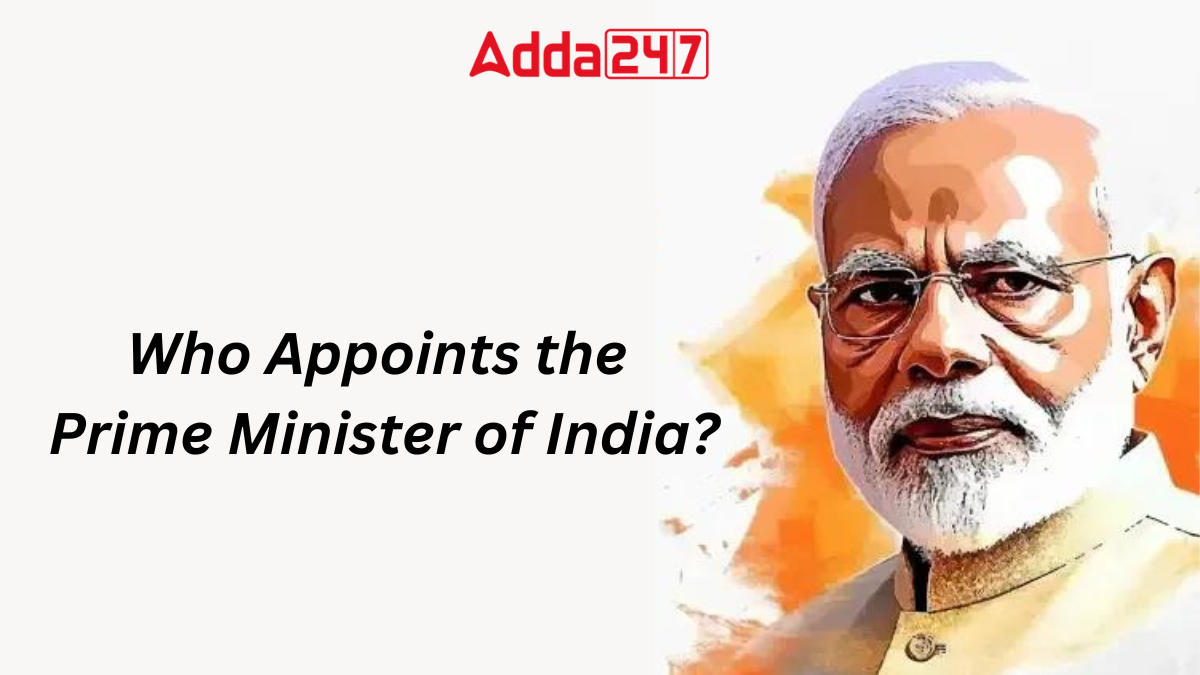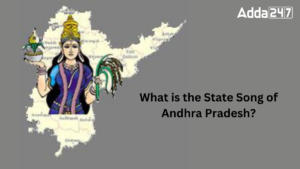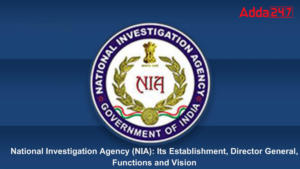The appointment of the Prime Minister of India is a crucial process that follows the democratic principles outlined in the Indian Constitution. Here, we delve into the intricacies of how the Prime Minister is appointed, exploring the roles of various entities and the constitutional provisions governing this significant decision. In this article, we will know about the appointment of Prime Minister of India and powers and functions of Prime Minister.
Who Appoints the Prime Minister of India?
The President of India appoints the Prime Minister, as outlined in Article 75 of the Indian Constitution. Typically, the leader of the majority party or coalition in the Lok Sabha becomes the Prime Ministerial candidate, reflecting parliamentary consensus. Upon nomination by the ruling coalition, the President formally appoints the Prime Minister, emphasizing the intersection of constitutional mandate and democratic principles in India’s governance.
Constitutional Article Related to Appointment of Prime Minister of India
Article 75 of the Indian Constitution delineates the process for appointing the Prime Minister of India. It stipulates that the President of India holds the authority to appoint the Prime Minister. The article establishes the formal framework through which the head of government is selected, underscoring the constitutional basis for this pivotal appointment in India’s parliamentary democracy.
Appointment of the Prime Minister
The process of appointing the Prime Minister of India is governed by special constitutional provisions aimed at ensuring effective governance. Key features related to the appointment process include:
- Appointment by the President: The Prime Minister is permanently appointed by the President of India, as mandated by the Indian Constitution.
- Selection Criteria: The President invites the leader of the majority party in the Lok Sabha to assume the position of Prime Minister, leveraging their majority status within the legislative assembly.
- Discretionary Powers: In scenarios where no single political party commands a clear majority in the Lok Sabha, the President exercises discretionary powers to appoint the Prime Minister, often relying on coalition leaders or the largest political party to garner support.
Tenure of Prime Minister of India
The tenure of the Prime Minister of India is not fixed, as they serve at the pleasure of the President. However, this doesn’t grant the President unilateral power to dismiss the Prime Minister arbitrarily. As long as the Prime Minister retains majority support in the Lok Sabha, they cannot be removed by the President. Normally, a Prime Minister’s term spans five years, aligning with the duration of the Lok Sabha. Yet, if they lose the confidence of the Lok Sabha, resignation is mandatory, or the President may dismiss them.
Powers and Functions of the Prime Minister
The Prime Minister’s powers and functions span diverse spheres of governance, including relations with the President, Council of Ministers, and parliamentary affairs. Key aspects of these powers include:
- Interaction with the President: As the conduit between the President and the Council of Ministers, the Prime Minister facilitates communication on legislative proposals and administrative matters. Additionally, the Prime Minister holds the authority to appoint key administrative officials and heads of commissions, ensuring effective functioning of the government machinery.
- Council of Ministers: Leveraging their pivotal role as the leader of the majority party, the Prime Minister advises the President on the nomination and selection of council ministers. They also possess the authority to allocate and reshuffle ministerial portfolios, demand resignations, and exercise control over ministerial actions and decisions.
- Parliamentary Functions: Endowed with parliamentary powers, the Prime Minister serves as the leader of the lower house and can propose the dissolution of the Lok Sabha to the President. They also play a crucial role in formulating and introducing government policies, as well as managing parliamentary sessions.
- Miscellaneous Functions: In certain circumstances, the Prime Minister seeks the support of multiple parties, granting them additional powers within the political system. They also assume leadership roles in various councils and committees, further consolidating their influence in national governance.



 Who is the Inventor of the Gramophone?
Who is the Inventor of the Gramophone?
 What is the State Song of Andhra Pradesh...
What is the State Song of Andhra Pradesh...
 National Investigation Agency (NIA): Its...
National Investigation Agency (NIA): Its...
